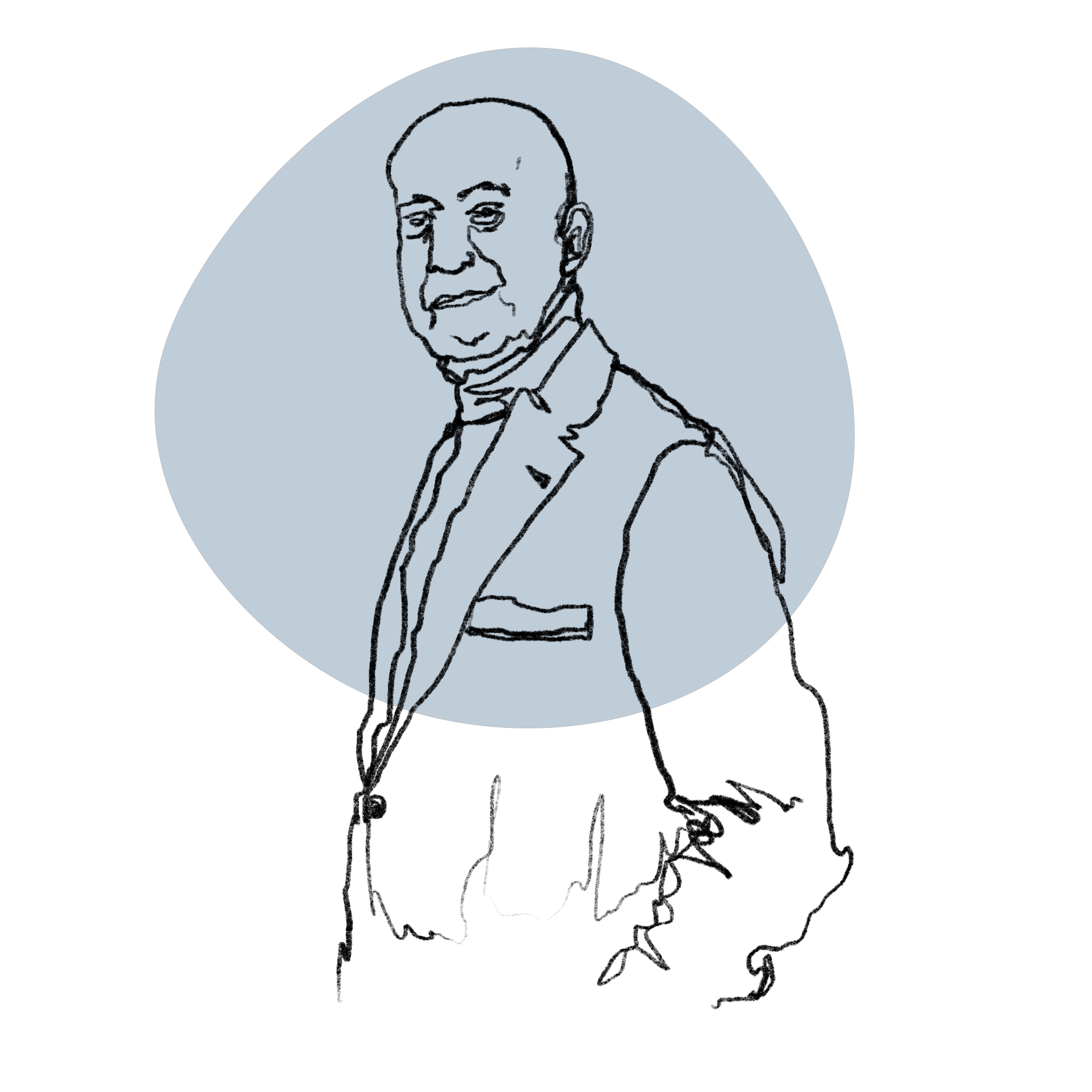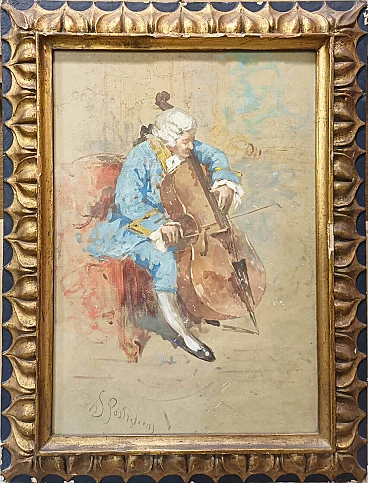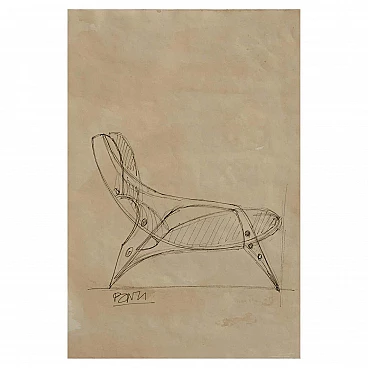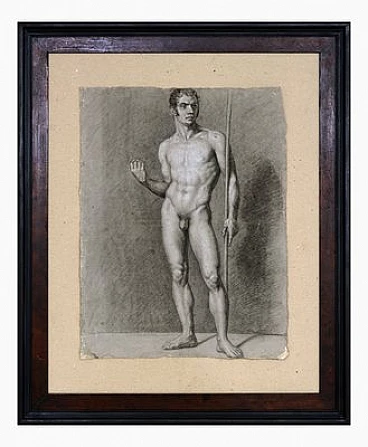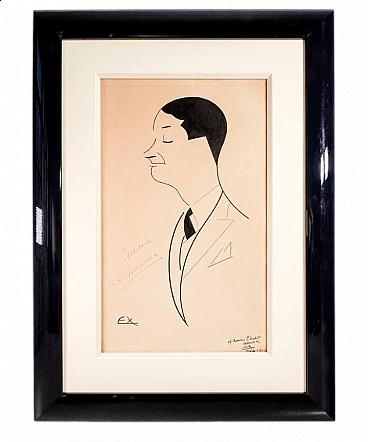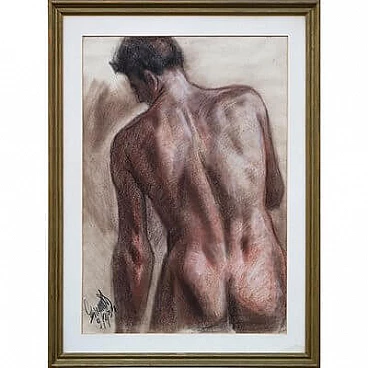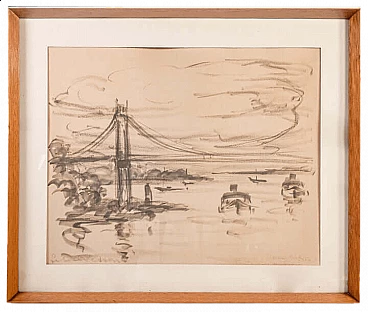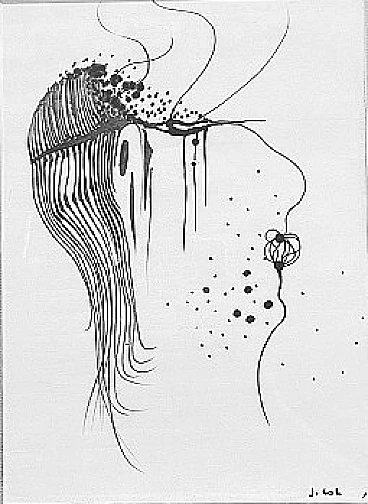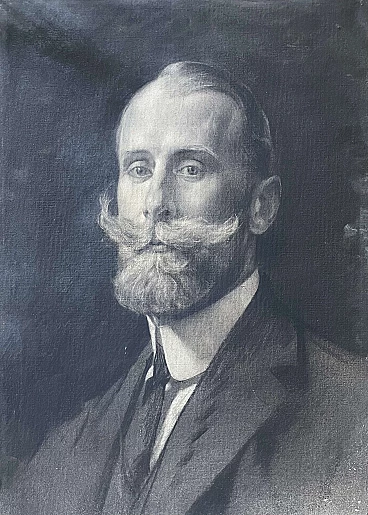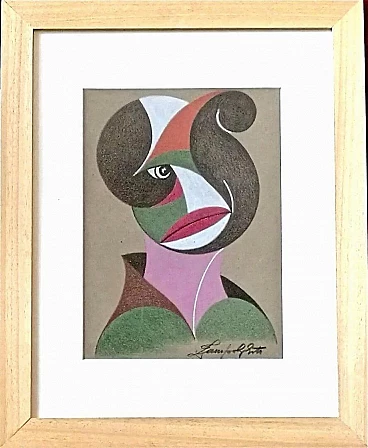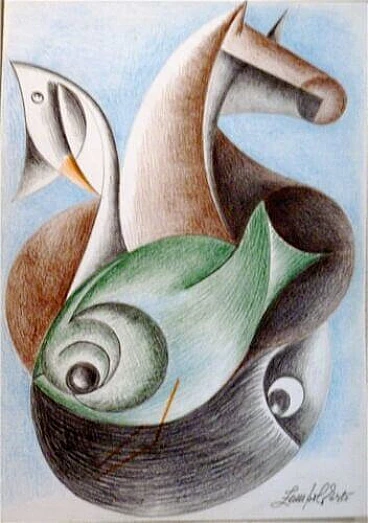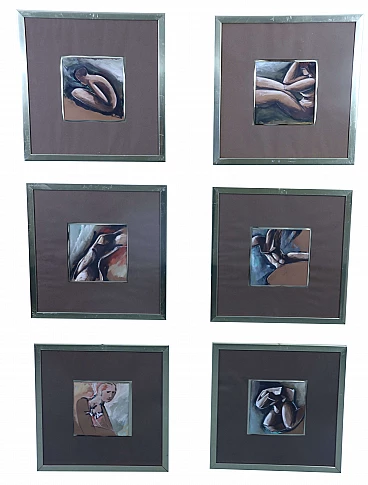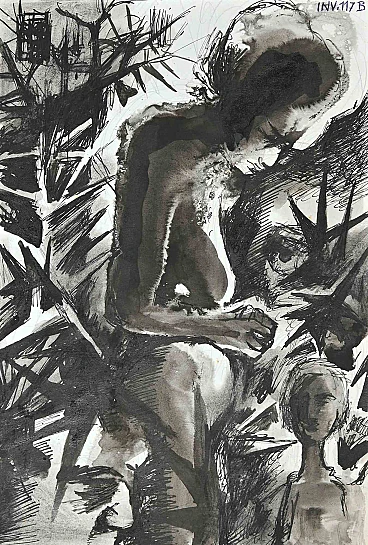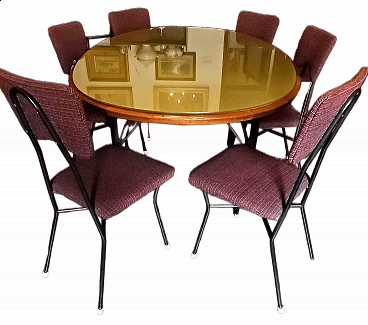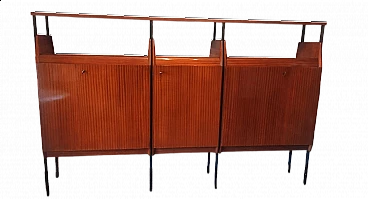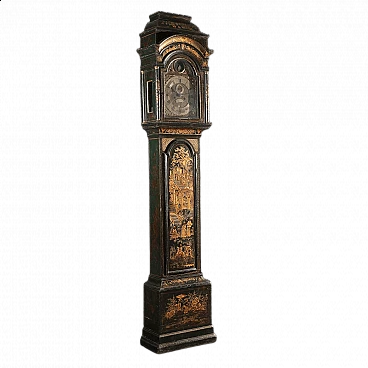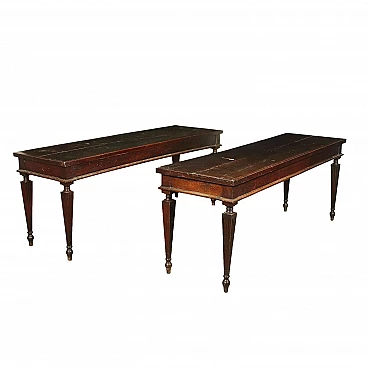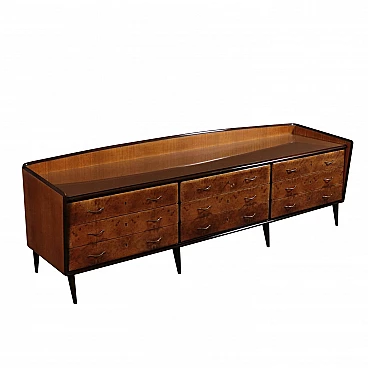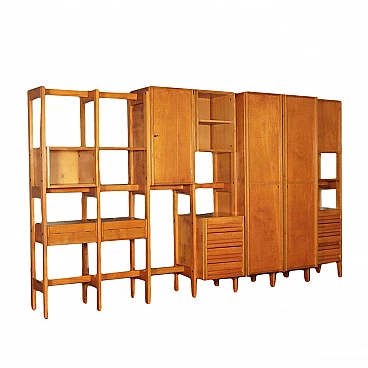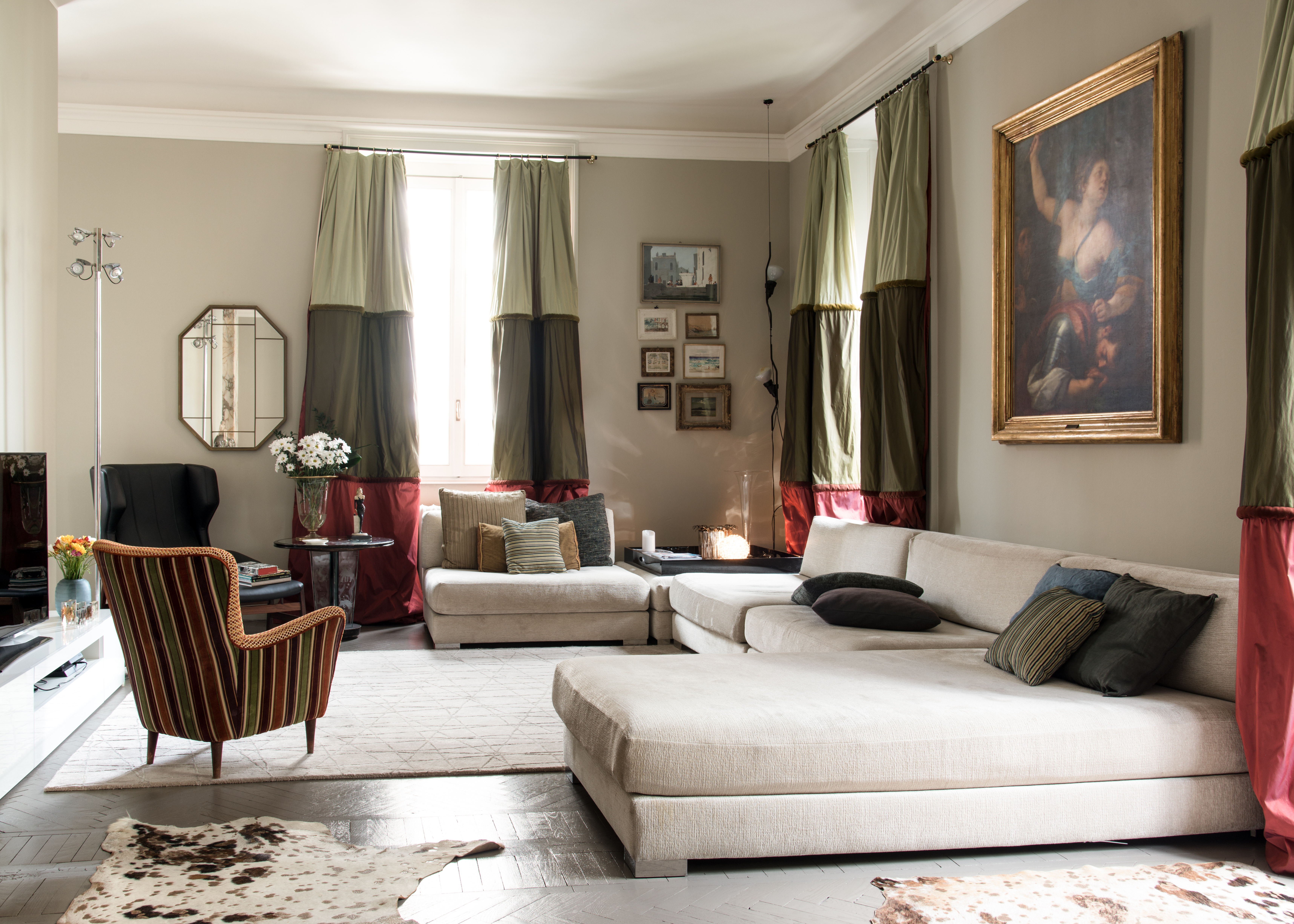"Abito grigio" is a splendid painting executed in tempera and watercolor on paper by the important Italian artist Franco Rognoni (Milan 1913-1999). On the back is a dedication and authoritative stamp and signature to guarantee the authenticity of the historic San Carlo gallery in Milan, which has always been a point of reference for the historical European avant-garde of the second half of the 20th century. Excellent price negotiable send your purchase proposal. Work for collectors.
DIMENSIONS WITH FRAME CM: H 58 L 43 without frame 28 x 22
Biographical note:
Franco Rognoni was born in Milan on September 20, 1913 to Giuseppe and Giuseppina Carabelli in a small bourgeois family. When he was very young he became interested in drawing and painting and, as a teenager, he attended weaving technical schools and then the High School of Applied Art at Castello Sforzesco.
The critic Raffaello Giolli is his first supporter, an important cultural reference that allows Rognoni to open new horizons. Since 1934 he has worked as a designer for important magazines and newspapers while in 1934 he exhibited for the first time. His training was influenced by artists such as Sironi, de Pisis, Modigliani while his passion for books brought him closer to the graphic and pictorial solutions of German Expressionism.
Luino, on Lake Maggiore, welcomed him during the war and here he concentrated on his production (which was enriched with engravings and illustrations), thus maintaining an important collaboration with many periodicals and fundamental contacts with publishers and collectors.
After the First World War he returned to Milan and in 1946 he married Mariuccia Noè, with whom he shared significant cultural interests throughout his life. In Lambrate's studio new drawings and paintings were created that developed the fundamental themes of the artist and expressed a very personal anti-academic language. Guido Ballo presents him in Milan in 1953, in a solo show that sees new interests in criticism. Four years later the RAI (Italian State Television) proposed him a project as a set designer-costumist and the same activity was carried out for the Piccola Scala and the Fenice in Venice. The public and the critics appreciate the originality of interpretation of the theatrical spaces, aspects that flow into painting through the use of a mixture of decoration, illustration, graphics and scenography. A contamination that is also reflected in the mixture of irony and drama, with a taste that is not risky to define as musical. And also the artist's friendships embrace above all the literary and musical sphere. Riccardo Malipiero, Vittorio Sereni, Piero Chiara, Dante Isella. The fifties are characterized by the exclusive link with the Galleria dell'Annunciata in Milan and the exhibitions organized throughout Europe. The following decade saw him involved in numerous exhibitions and publishing activities, while four large canvases dedicated to Ulysses were made for the turboship Michelangelo.
Between the seventies and eighties his attention shifted to the human figure, seen with critical and sceptical connotations, and the city, increasingly represented as an alienating context. Alongside this connotation appears a dreamy aspect, linked to memory. The lake, another privileged place of his representation and existence that alternates between Milan and Luino, enhances this pictorial dimension that fixes the protagonists suspended between reality and imagination.
The last decade, the nineties, sees the artist engaged in the representation of vitality. Ample space is therefore dedicated to colour, in a pictorial direction that becomes more and more Central European, in the sign of Symbolism and Expressionism.
The artist died in Milan on 11 March 1999.
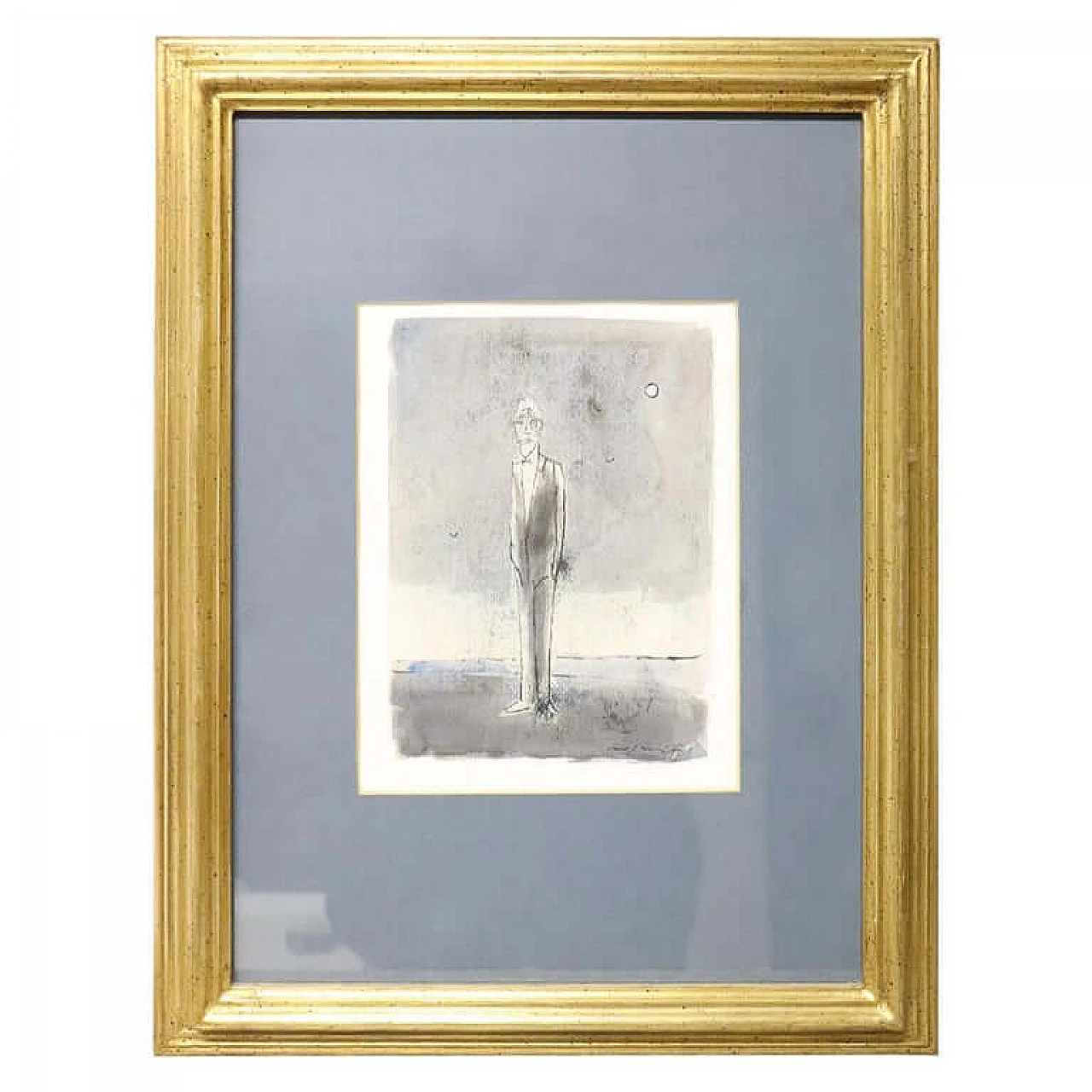
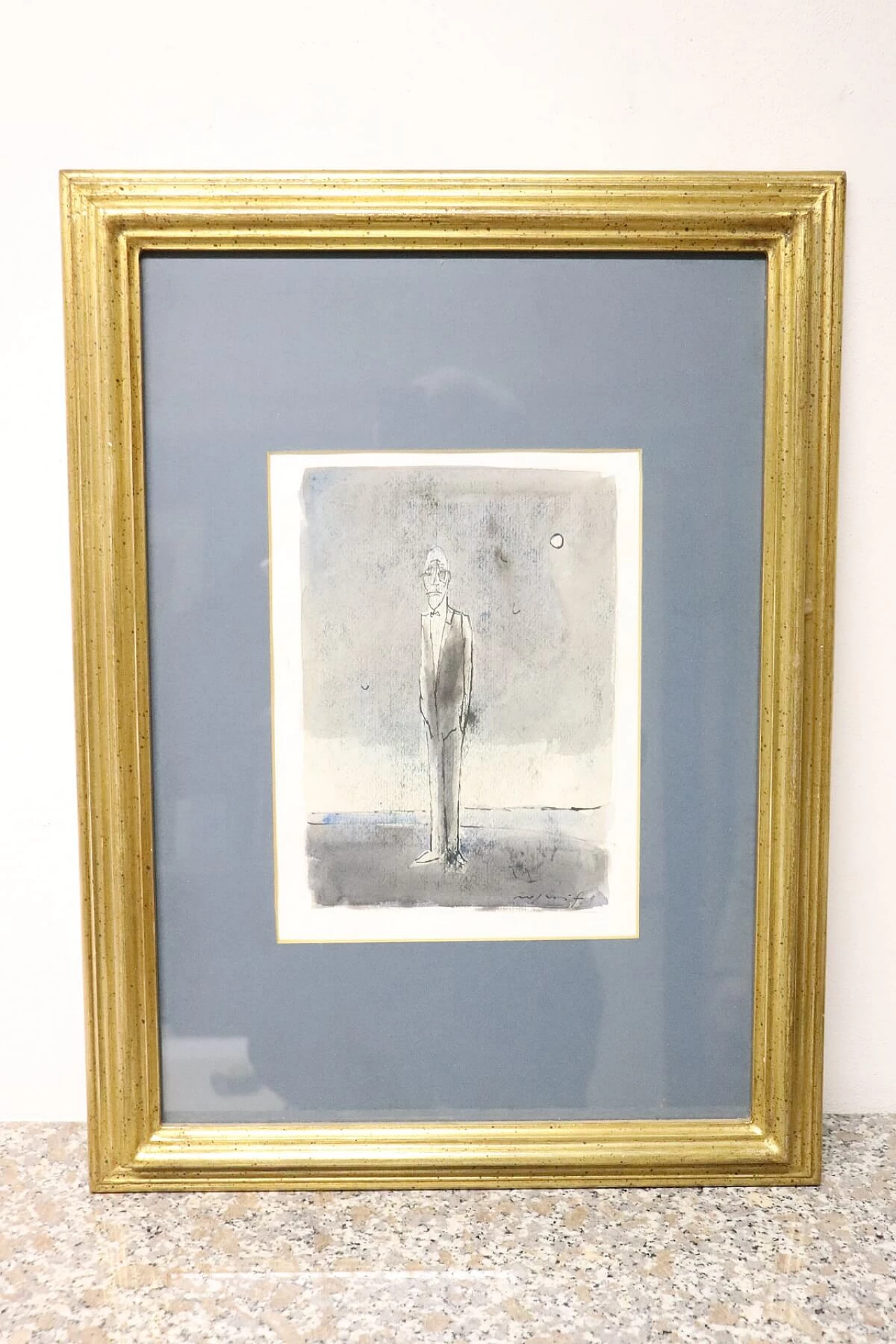
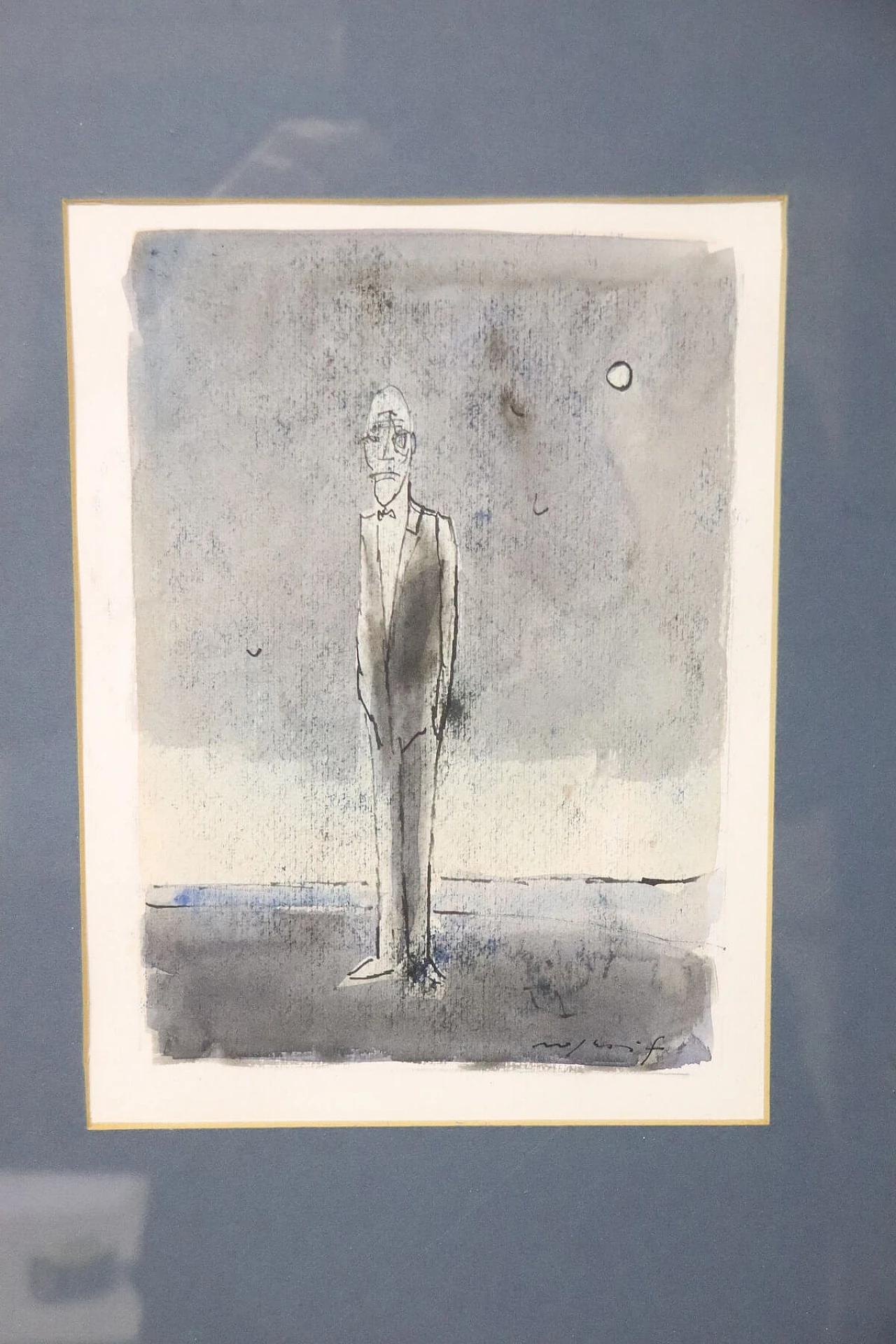
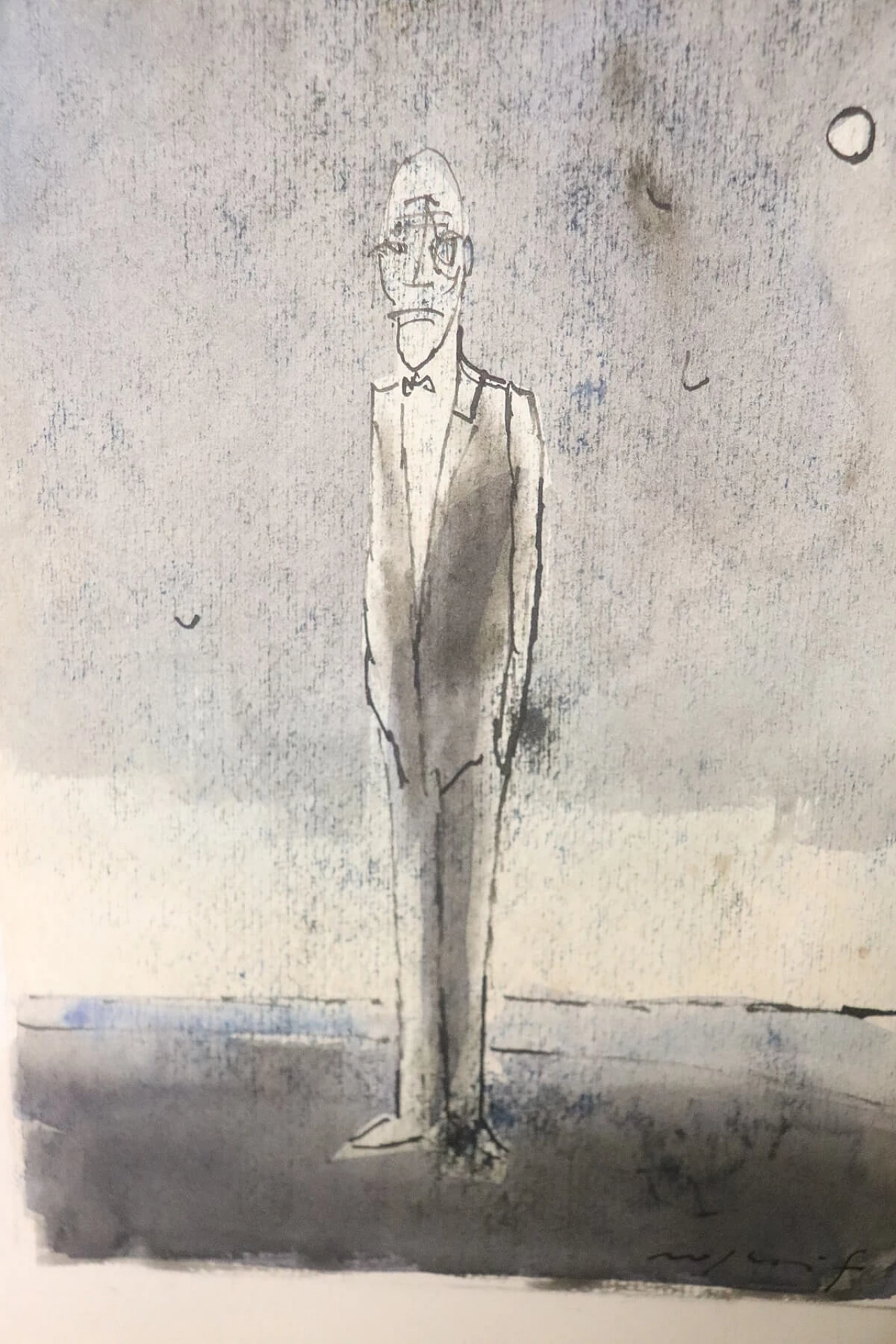
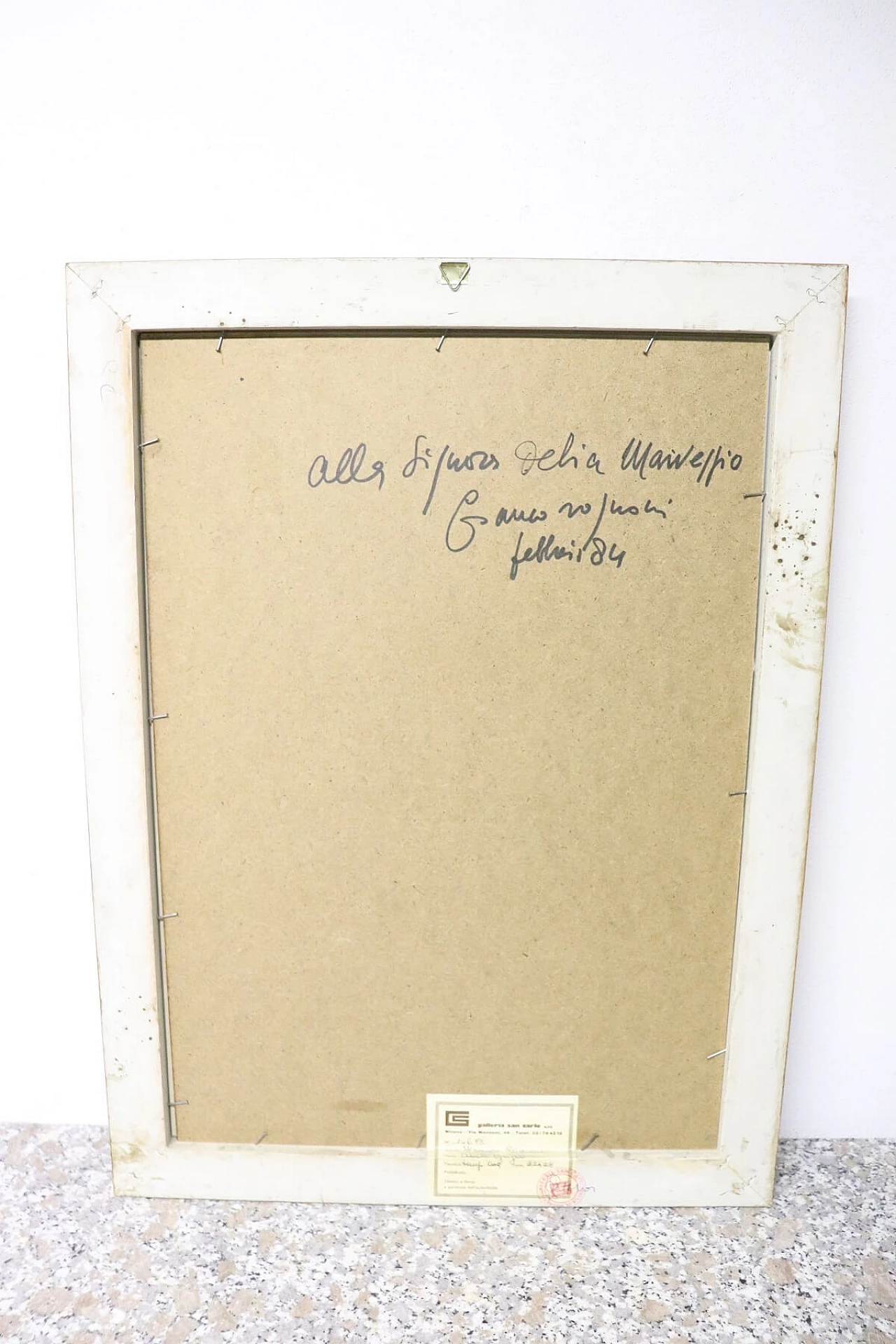
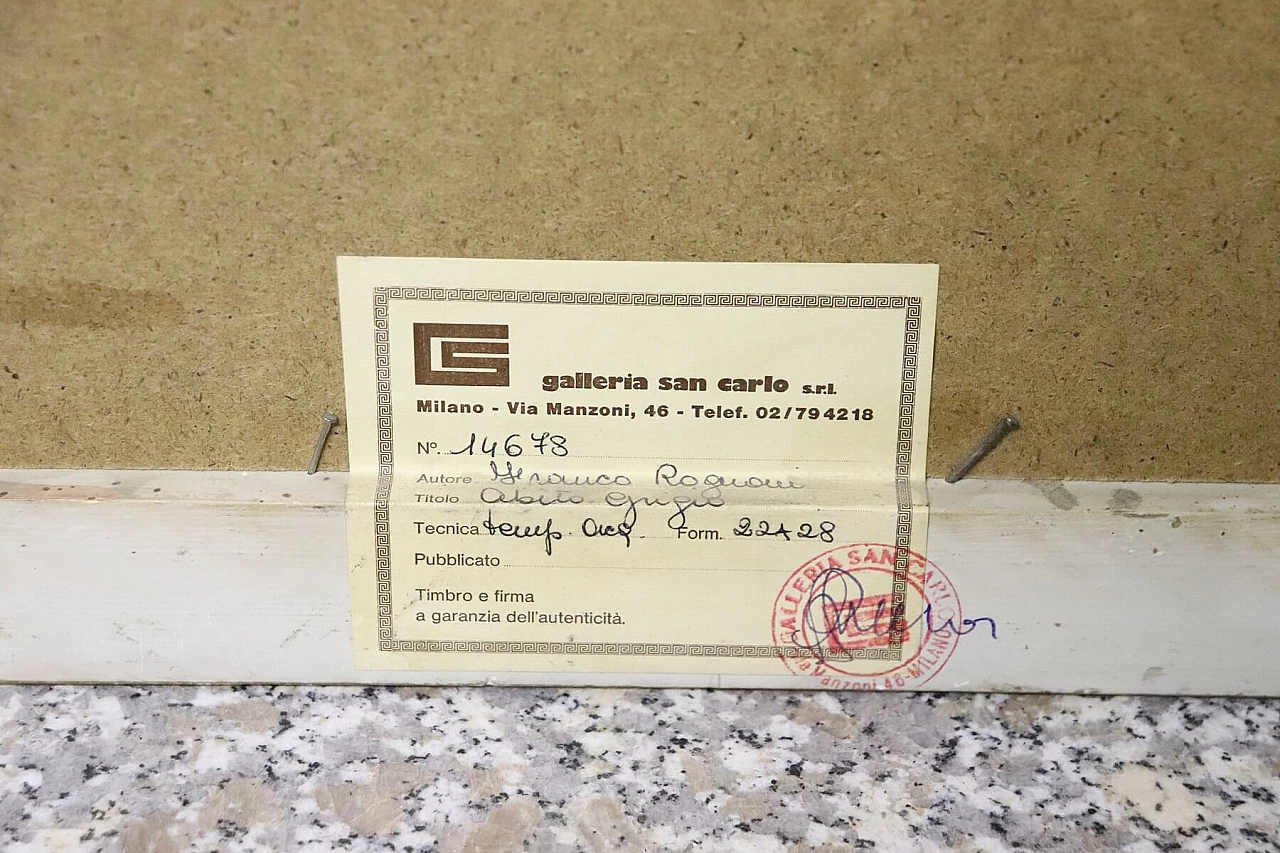
 SILVER Seller in Alessandria, Italy
SILVER Seller in Alessandria, Italy






.png)



